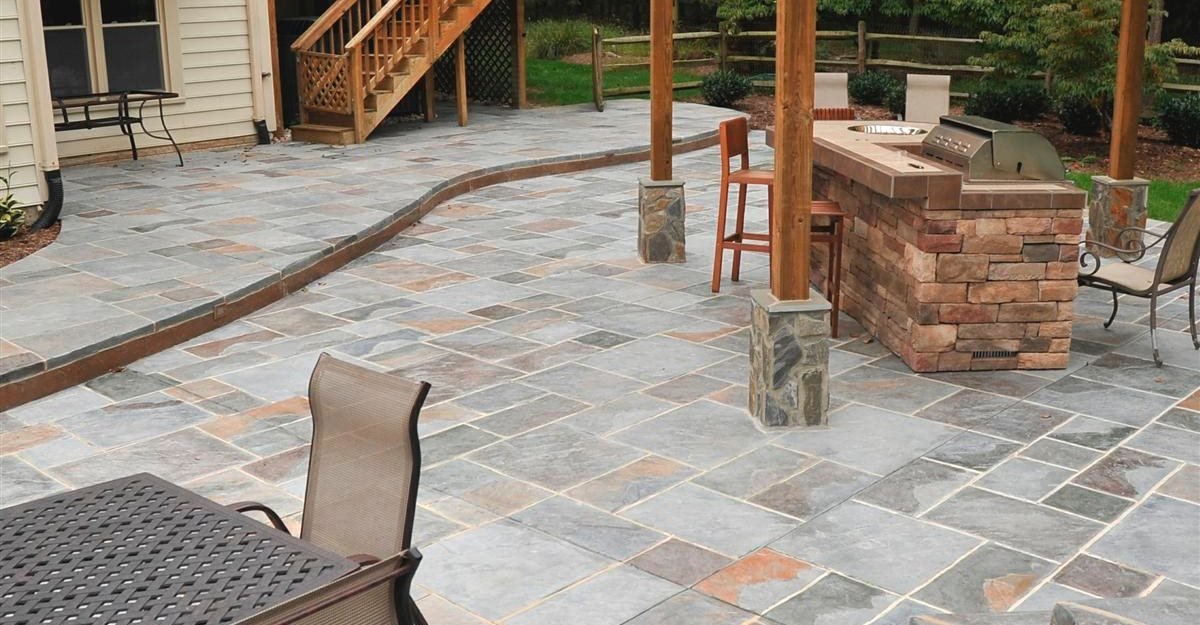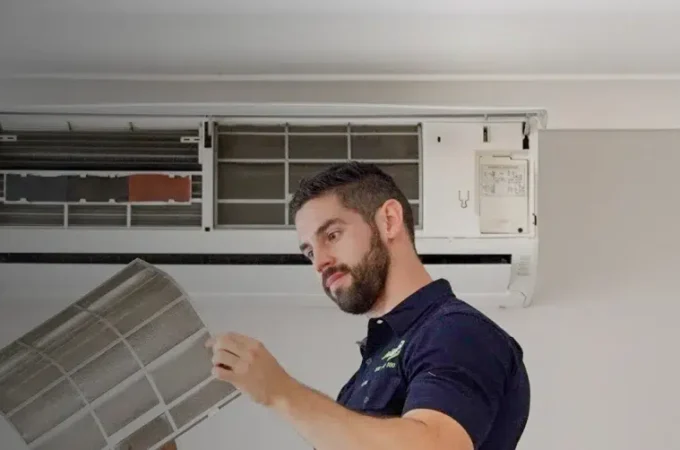
What is Stamped Concrete
Stamped concrete is concrete that has been textured or embossed to resemble slate, bricks, flagstone, natural stone, tiles, wood, or any other material, pattern, or texture that you may desire. Stamped concrete is usually applied while the concrete is still wet, stamped concrete overlay Houston is applied when a pre-existing concrete is in place, to learn more about the difference visit https://www.houstondecorativeconcrete.com. You will find it mostly around swimming pools or any kind of pool, patios, decks, driveways, or even on interior floors. Its ability to mimic other building materials makes it a less expensive option if you want to give your home a facelift. For a friendly price, you can get your space custom made for you by a professional like Stamped concrete Miami. With stamped concrete, you will not have to strain in getting natural stone, slate, bricks, or any other construction material that can be quite expensive or hard to find.
When stamped concrete first appeared
Stamped concrete was found in exteriors as early as the 1950s, where builders so it as the perfect way to increase customer satisfaction and make smaller budgets produce remarkable results as well. There were fewer choices in color and patterns, but now there are hundreds of stains and patterns for you to choose from.

The procedures used in the preparation of stamped concrete
Stamped concrete has three main steps that make its installation differ from that of other kinds of concrete. These are the addition of a base color, addition of an accent color, and stamping of a pattern into the concrete. With these simple steps, your space will be instantly transformed to resemble the color or texture that you desire. It is also more durable compared to paved stone and asphalt and will bear a startling resemblance to any natural material you choose.
Addition of a base color
The base color is the primary color used in the preparation of stamped concrete and is selected to resemble the color of the natural building material that you choose. This base color is applied using a color hardener, which is a powder pigment used to dye the concrete. Your color hardener can be applied using two methods: integral color or cast-on color:
Integral color is where the entire mass of concrete to be used to build the structure, say patio or driveway, is dyed the base color. The color hardener is added to the concrete truck so that all the concrete is dyed.
Cast-on color is where only the surface of your concrete surface has the base color applied. The surface is dyed by spreading the color hardener onto the wet concrete surface, after which powder is floated onto the top layer of the concrete.
The concrete can be colored in many ways in addition to the color hardener, such as integral liquid or powder, acid staining, and others. The integral method is a great option because it will color all the concrete you intend to use, only that its surface strength may be affected. You can also opt to have a dry shake color hardener, which is a more popular alternative.
Here, you have the color spread onto the concrete as soon as it is floated for the first time. As soon as the bleed water soaks into the hardener, you trowel it in. This method will add color up to 3/16th of an inch, but it gives your concrete a longer life.
Addition of accent color
The accent color is the secondary color in stamped concrete preparation and is the color manipulated to produce the texture or pattern that you desire. This color is usually applied by adding color release to the concrete. This color release has two main functions: act as a pigment to color the concrete and as a non-adhesive to prevent the concrete stamping equipment from sticking to the concrete.

The secondary color can be applied in two ways based on the form in which it is manufactured: powdered (a cast-on color release made of calcium-releasing powders that repel water); or liquid, which is a lighter, aromatic-based solvent that is sprayed onto the surface of interest. For the cast-on procedure, the color release is applied by spreading it onto the surface of the concrete right before stamping. Spray-on color release is where the liquid coloring agent is sprayed on the bottom of the concrete stamps before the concrete is stamped.
Stamping of a pattern onto the concrete
The pattern you choose will determine the shape of the stamped concrete’s surface. It reflects the appearance of the natural building material. These patterns are made by imprinting impressions onto the concrete shortly after the color release mentioned earlier is applied. Before modern times, most stamps had cookie-cutter-like tendencies and were made of metals.
These could not make the more sophisticated patterns you may find on décor magazines. Today’s concrete stamps are made of polyurethane and can replicate finer textures, such as that of natural stone. These stamps are pushed into the concrete to create the pattern of choice and released.




